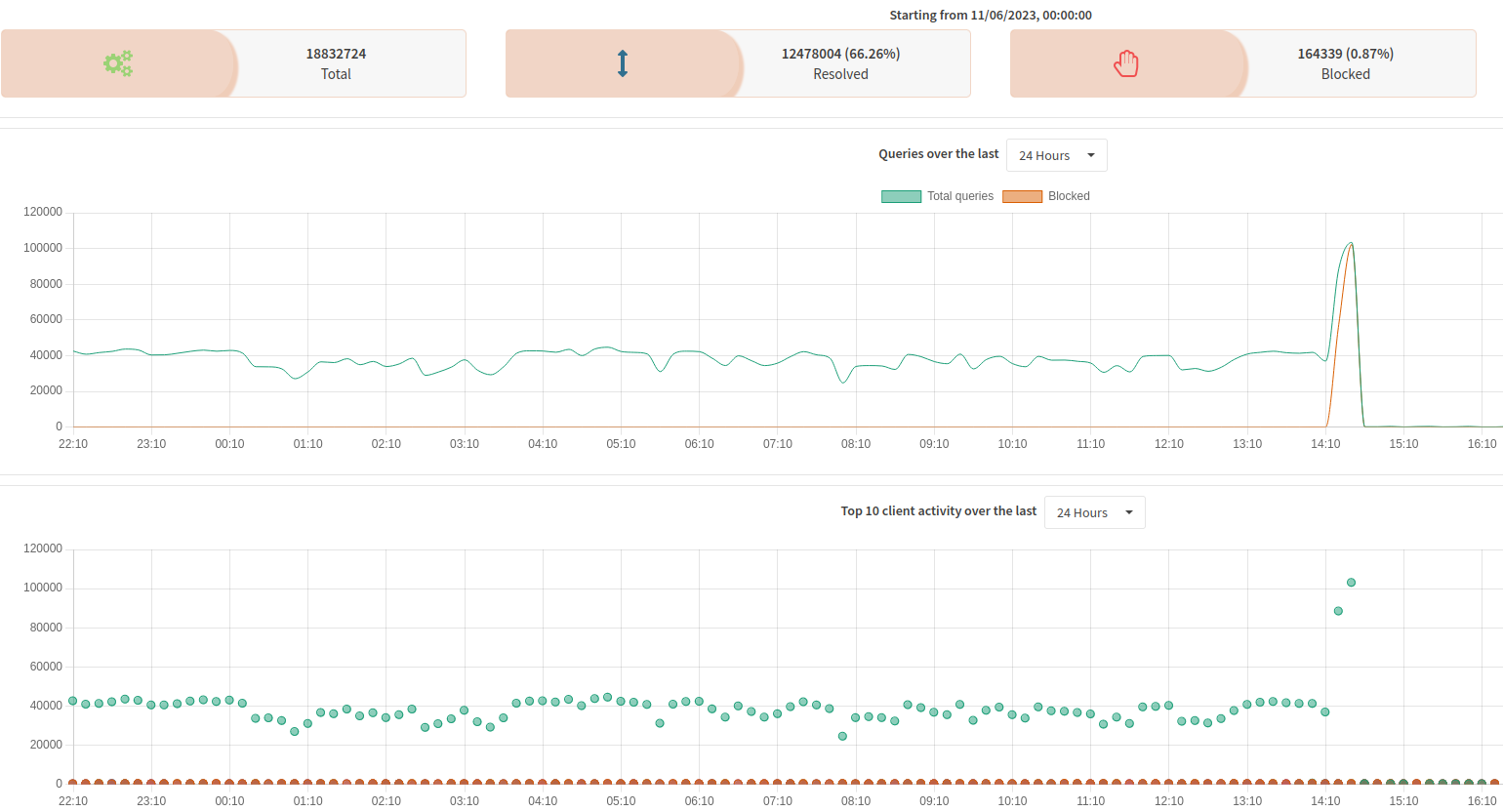Selfhosted
A place to share alternatives to popular online services that can be self-hosted without giving up privacy or locking you into a service you don't control.
Rules:
-
Be civil: we're here to support and learn from one another. Insults won't be tolerated. Flame wars are frowned upon.
-
No spam posting.
-
Posts have to be centered around self-hosting. There are other communities for discussing hardware or home computing. If it's not obvious why your post topic revolves around selfhosting, please include details to make it clear.
-
Don't duplicate the full text of your blog or github here. Just post the link for folks to click.
-
Submission headline should match the article title (don’t cherry-pick information from the title to fit your agenda).
-
No trolling.
Resources:
- selfh.st Newsletter and index of selfhosted software and apps
- awesome-selfhosted software
- awesome-sysadmin resources
- Self-Hosted Podcast from Jupiter Broadcasting
Any issues on the community? Report it using the report flag.
Questions? DM the mods!
view the rest of the comments

Good luck with setting up Lemmy! Their documentation is terrible and the docker-compose.yml files are not fit for purpose. Then if you already have Nginx as a reverse proxy setup (as I do), then if just seems to get worse. If I get time I'll write up and publish my understanding and config.
While it's true that their tutorial contains some errors, it's not all that hard to set up imo.
Basically, they expose the wrong ports in the nginx section (should be 80, not the ui / backend ports). Also, the compose file assumes you are building the Lemmy image yourself, to change this, you have to comment out the lines in the "build" section under Lemmy and enable the "image" line. And you have to set the database user and pw in the Lemmy config file.
Regarding your usage of nginx: while I use apache myself, the config should be comparable and comes down to setting up a reverse proxy to the port which you have bound the nginx container to (so whatever you expose container port 80 as). While this means that you will effectively have two instances of nginx running, one as the internal proxy for Lemmy and one as the reverse proxy for external access, it will work flawlessly in my experience.